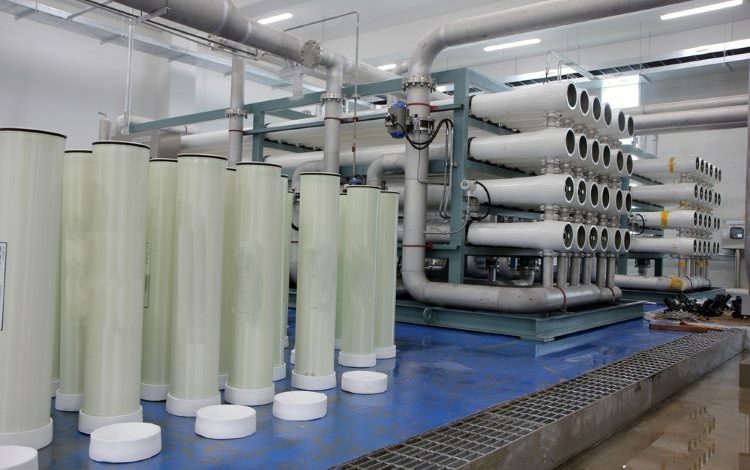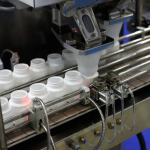Global Biosurfactants Market Set to Hit $3.2 Billion By 2032 at 5.4% CAGR

Allied Market Research’s latest report indicates a promising future for the global biosurfactants market, citing stringent regulations on synthetic detergents as a key driver. Both developed and developing economies are adopting measures to address the environmental impact of synthetic surfactants, contributing to the growing demand for biosurfactants. These eco-friendly alternatives are derived from renewable resources such as plant oils, microbial fermentation, and other bio-based feedstocks, aligning with the increasing emphasis on sustainability.
According to the report titled “Biosurfactant Market,” the market was valued at $1.9 billion in 2022 and is projected to reach $3.2 billion by 2032, exhibiting a Compound Annual Growth Rate (CAGR) of 5.4% from 2023 to 2032. The report covers various types of biosurfactants, including glycolipids, fatty acids, phospholipids and neutral fats, lipopeptides, polymeric biosurfactants, among others, and their applications in detergent, cosmetics, medicine, food, bioremediation, agriculture, and other sectors.
Key Findings and Determinants of Growth
- Pharmaceutical Sector Driving Demand: The report highlights robust demand from the pharmaceutical sector as a prime determinant of growth. The increasing global population, rise in pharmaceuticals R&D, technological advancements, and the prevalence of chronic disorders contribute to the surge in demand for biosurfactants in pharmaceutical applications, including drug delivery and gene transfection.
- Environmental Concerns and Regulatory Support: Growing environmental concerns and regulatory support for green products are identified as key drivers. Biosurfactants, being biodegradable and derived from renewable resources, appeal to industries seeking environmentally friendly alternatives.
- Asia-Pacific Leading Market Share: Asia-Pacific is identified as the dominant region, holding the highest market share in 2022 and expected to maintain its lead by 2032. The region’s interest in sustainable and environmentally friendly products, particularly in the detergent and cleaning sector, is driving the demand for biosurfactants.
Segment Analysis
- Glycolipids Lead Type Segment: Glycolipids accounted for the largest share in 2022, contributing to more than half of the global biosurfactants market revenue. Their role in biological processes, including cell recognition and immune response, makes them a focus of pharmaceutical research.
- Detergent Segment Dominates Applications: The detergent segment held the largest share in 2022, attributed to the biodegradability of biosurfactants and their appeal in environmentally friendly and sustainable detergent formulations.
Challenges and Restraints
- High Costs of Biosurfactants: The report acknowledges that the high costs of biosurfactants may restrain market growth.
- Limited Availability of Feedstocks: Another potential challenge identified is the limited availability of feedstocks.
Competitive Landscape
Key players in the global biosurfactants market include Evonik, Biotensidon GmbH, Saraya Co. Ltd, Allied Carbon Solution, BASF SE, Lankem Ltd., Holiferm, Solvay, Unilever PLC, and Jeneil Biotech. These companies have adopted strategies such as new product launches, collaborations, expansion, joint ventures, and agreements to enhance their market share and maintain dominance.
Conclusion
The biosurfactants market is poised for substantial growth, driven by environmental concerns, regulatory support for green products, and increased demand from the pharmaceutical sector. Despite challenges such as high costs and limited feedstock availability, strategic initiatives by key players are expected to contribute to the market’s expansion. The emphasis on sustainability and the use of renewable resources aligns with global efforts towards eco-friendly solutions.





